Use the Waste Tire Math Reference Guide to estimate the volumes of various shapes of waste tire piles you encounter in the field. Depending on the waste tire pile configurations you find, you may need to:
Measurements of waste tire piles are typically taken in feet, but once you have calculated the volume of the tire pile(s) in cubic feet, you need to convert the volume to cubic yards (cy) as follows:
Volume (in cubic feet) ÷ 27 = Volume (in cubic yards)
Once you have determined the volume of the waste tire pile(s) in cubic yards, multiply the cubic yards by the appropriate conversion factor as listed in the tables below for whole or altered tires. To use this table you will need to know the height of the tire pile, how the waste tires are stored, and approximately how long the waste tires have been stored.
| Storage Type | Height of Tire Pile | ||
|---|---|---|---|
| (Stored less than 15 years) | (Less than 10 feet) | (10-15 feet) | (Greater than 15 feet) |
| Loose | 10 tires/cy | 12 tires/cy | 14 tires/cy |
| Barrel | 12 tires/cy | 14 tires/cy | 16 tires/cy |
| Laced | 14 tires/cy | 16 tires/cy | 18 tires/cy |
| (Stored 15 years or more) | |||
| Loose | 12 tires/cy | 14 tires/cy | 16 tires/cy |
| Barrel | 14 tires/cy | 16 tires/cy | 18 tires/cy |
| Laced | 16 tires/cy | 18 tires/cy | 20 tires/cy |
| Storage Type | Height of Tire Pile | ||
|---|---|---|---|
| (Stored less than 15 years) | (Less than 10 feet) | (10-15 feet) | (Greater than 15 feet) |
| Loose | 2. 5 tires/cy 5 tires/cy | 2.75 tires/cy | 3.0 tires/cy |
| Barrel | 4.2 tires/cy | 4.4 tires/cy | 4.6 tires/cy |
| Laced | 4.1 tires/cy | 4.3 tires/cy | 4.5 tires/cy |
| (Stored 15 years or more) | |||
| Loose | 3.0 tires/cy | 3.5 tires/cy | 4.0 tires/cy |
| Barrel | 4.4 tires/cy | 4.6 tires/cy | 4.8 tires/cy |
| Laced | 4.3 tires/cy | 4.5 tires/cy | 4.7 tires/cy |
| Type | Tires/CY | Description |
|---|---|---|
| Sidewalls or treads | 20 tires/cy | The photo below shows cut out sidewalls and treads. |
| Primary shreds | 20 tires/cy | Tires that have been run through a shredder one time. |
| Shreds 2 inches or smaller | 40 tires/cy | Tires that have been run through a shredder more than once to create pieces two inches or smaller. |
| Crumb rubber (less than ¼ inch in size) | NA | Not regulated by the California Department of Resources Recycling and Recovery. |
Deduct 20% from Volumetric Estimates, Count Averages, and Questionable Counts (multiply by 0.8). 100%-20%=80% therefore the resulting volume is 80% of the original calculated estimate. 80% is calculated by multiplying 0.8 by the original calculated volume estimate. This deduction would apply to volumetric estimates, count averages, and direct counts of small tire piles where you cannot unquestionably count every tire, but where volumetric estimation would be less accurate. An example of a count average would be finding 19 stacks that appear to each be 8 tires high. If you do not count each tire, but instead calculate 19 x 8 = 152, then apply the deduction (152*0.8= 121) and list the total as 121.
If you do not count each tire, but instead calculate 19 x 8 = 152, then apply the deduction (152*0.8= 121) and list the total as 121.
Note: You might find a portion of tires present that you can unquestionably count and another portion that you cannot. In such cases, deduct 20% from only the portion you cannot unquestionably count.
To calculate the number of tires in a pile, use this formula:
When counting whole tires, each tire counts as one tire regardless of size or mass.
Crumb RubberWaste tire material less than or equal to ¼ inch in size (6mm) is not regulated by CalRecycle.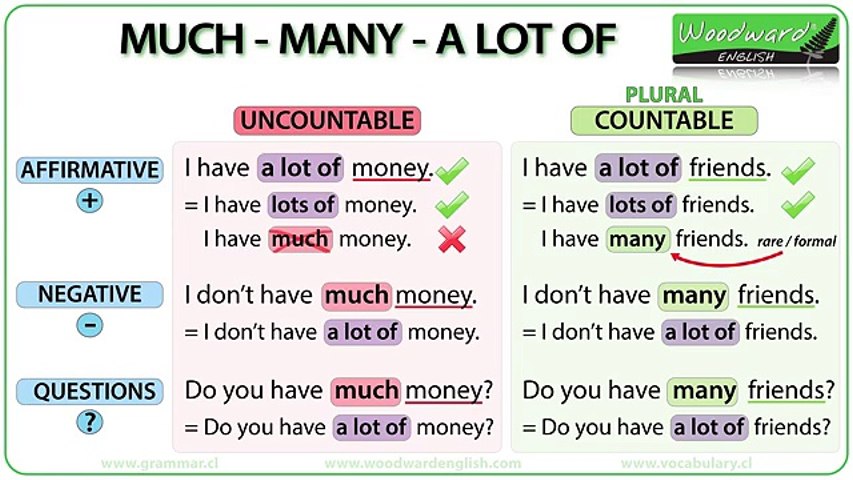 (See 14 CCR 17225.720 and 14 CCR 18450(a)(38).
(See 14 CCR 17225.720 and 14 CCR 18450(a)(38).
If you know the weight of altered tires, you can convert directly to a number of passenger tire equivalents (PTE). PTE is only to be used for volumetric calculations of altered waste tires. Never calculate or incorporate PTE in any whole tire count.
The California Code of Regulations, 14 CCR Section 17225.770 defines a “passenger tire equivalent” (PTE) as the total weight of altered waste tires, in pounds, divided by 20 pounds. 1 PTE = 1 Waste Tire. Total Known Weight (pounds) ÷ 20 pounds = PTE.
20 lbs = 1 PTE
1 whole tire = 2 sidewalls and 1 tread (regardless of tire size)
1 tread = 2 sidewalls (regardless of tire size)
1 sidewall = 25% of the weight of a tire (regardless of tire size)
4 passenger tire sidewalls = 1 PTE
1 tread = 50% of the weight of a tire (regardless of tire size)
Semi-truck tires weigh 80-120 lbs.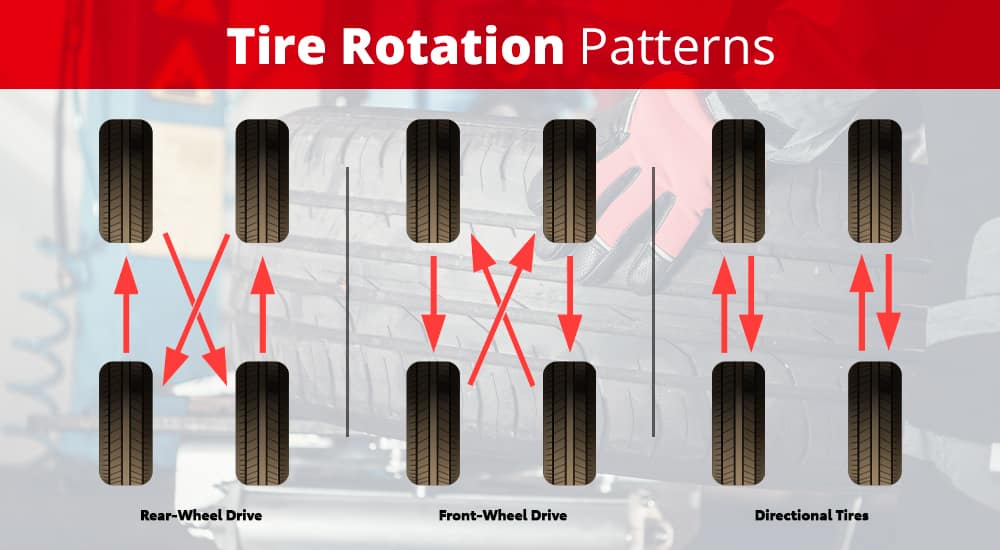 Calculate 1 semi-truck tire as 4 PTE
Calculate 1 semi-truck tire as 4 PTE
2 semi-truck tire sidewalls = 2 PTE
1 semi-truck tread = 2 PTE
1 motorcycle tire = 1 PTE
1 bale = 60 to 80 tires (ask the operator)
COMMON INTERNET DATA CORRECTED FOR ERRORS BY GLOBALRECYCLINGEQUIPMENT.COM
Did you know that:
One scrap car tire weighs 20 to 22 1bs (9 – 10 kg). We use 20 pounds for data calculations.
OFTEN CALLED PTE DATA.
One scrap truck tire weighs 80 to 100 lbs (36 -45 kg). We use 100 pounds for data calculations.
On an average 1/3 of the weight of a tire is steel, 2/3 of the weight is rubber.
In one cubic yard of space, you can load (loose dumped not laced stacking):
INCORRECT REPORTED EPA DATA – 10 whole car tires in a cubic yard of space..
OUR DATA – 5 TO 6 whole car tires in a cubic yard of space
or
INCORRECT REPORTED EPA DATA – 3 whole truck tires in a cubic yard of space.
OUR DATA – 2 whole truck tires in a cubic yard of space.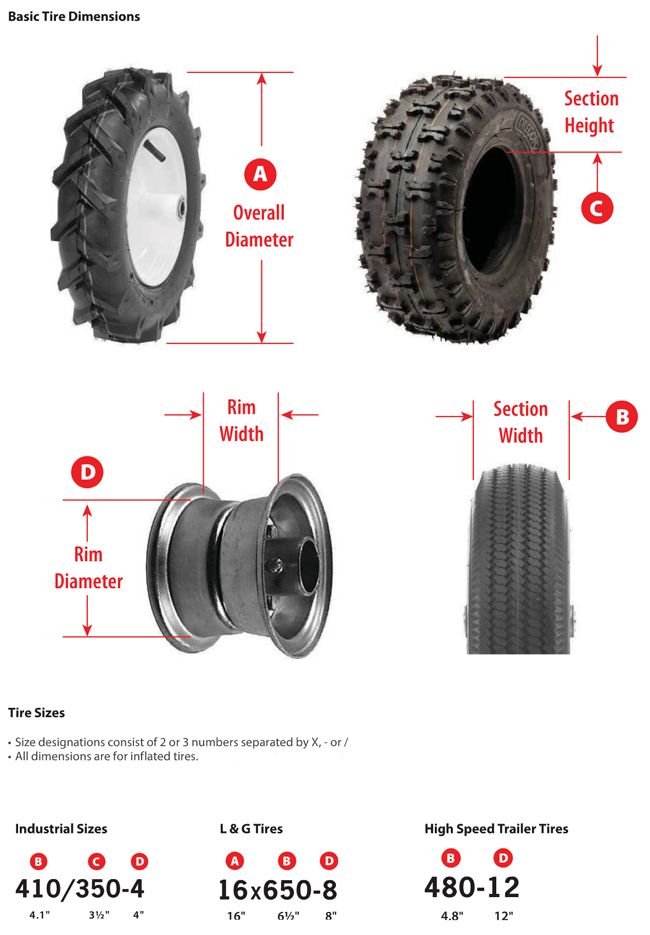
or
INCORRECT REPORTED EPA DATA – 33 shredded car tires ( single pass 2.5 to 3 inch cut ) in a cubic yard of space.
OUR DATA – 15 TO 17 shredded car tires ( single pass 2.5 to 3 inch cut ) in a cubic yard of space.
or
INCORRECT REPORTED EPA DATA – 7 shredded truck tires (single pass 2.5 to 3 inch cut ) in a cubic yard of space.
OUR DATA – 5 shredded truck tires ( single pass 2.5 to 3 inch cut ) in a cubic yard of space.
or
INCORRECT REPORTED EPA DATA – 47 shredded car tires (2″ fuel chip) in a cubic yard of space.
OUR DATA – 30 TO 35 shredded car tires ( 2″ fuel chip ) in a cubic yard of space.
OUR DATA – 22 TO 24 POUNDS PER CUBIC FOOT.
and did you know that.
Wire free landscape granules 1/2″ in size weight about 26 pounds per cubic foot.
We actually take the time to weigh bags of material in a specific box to determine density.
Crumb rubber of almost any size ( 10 to 40 mesh ) does often weight less than granules, with an average weight of about 20 to 24 pounds per cubic foot. We call this the popcorn effect.
We call this the popcorn effect.
A standard 80 and 96 cubic foot supersack, full of crumb rubber from tires weighs about 1,600 and 2,000 pounds per supersack. But most in the industry use 2000 pounds as an average weight of a full supersack of crumb.
AND
Tire-derived-fuel (TDF) chips offer 12,000 to 14,000 BTU of energy…per pound
This is often a higher energy value of wood chips, which is about 8,000 BTU per pound (dry)
and, TDF has an equal energy value if compared to high grade coal. The epa HAS also stated that using Tire Derived Fuel that there is little or no adverse effect on air emissions (as compared to coal).
A broad statement, but one made to help promote the use of TDF for fuel by the Government.
The actual facts for recycling is that the steel in the tire has significant commodity value of about $250 per ton (2011)
The actual facts for recycling is that the wire free rubber in the tire has significant commodity value ($2.50 per pound , 2011)
Ask why china bans the export of tire rubber to china.
Ask why a china tire recycler pays $2.00 each for the scrap tire in 2011
Ask us why we know so much. and others like the epa don’t.
Get the right information and the right data from shredderhotline.com and globalrecyclingequipment.com from Dan Burda and Ian Weston.
Ask us why we were the first family to invent tire shredders.
Source: Dan Burda and Ian Weston, Shredderhotline.com and also the US EPA Markets for Scrap Tire Report
For the convenience of calculating electrical structures, you can take a calculator and a table with the weight of rectangular copper busbars per linear meter and the weight of one bus 4 meters long. These data are collected in the following table. If the desired tire size is not in the table, you can use our non-ferrous metal weight calculator
You can also study the material
| Tire size | Weight of 1 p/m tire, kg | Weight of 4 m tire, kg | ||||||||||||||
|---|---|---|---|---|---|---|---|---|---|---|---|---|---|---|---|---|
| Copper tire weight 15x3 | 0.1.6 | |||||||||||||||
| Copper tire weight 20x3 | 0.53 | 2.12 | ||||||||||||||
| Head bus 20x4 | 0.71 | 2.84 | ||||||||||||||
| Copper tire weight 20x5 | 0.89 | 3.56 | ||||||||||||||
| Copper bus 20x6 | 1.07 | 4,28 | 9003 0.67 | 2.68 | ||||||||||||
| Copper tire weight 25x4 | 0.89 | 3.56 | ||||||||||||||
| Copper tire weight 25x5 | 1.11 | 4.44 | ||||||||||||||
| weight tire 9003 | 98 | 3.2 | ||||||||||||||
| Copper tire weight 30x4 | 1,07 | 4,28 | ||||||||||||||
| Copper tire weight 30x5 | 1.34 | 5.36 | 1.6 | 6.4 | ||||||||||||
| Copper tire weight 30x8 | 2.14 | 8.56 | ||||||||||||||
| Copper tire weight 30x10 | 2.67 | 10.68 | ||||||||||||||
| Bronze tire | 9003 4,28 | |||||||||||||||
| Copper bus 40x4 | 1. 43 43 | 5.72 | ||||||||||||||
| Copper bus 40x5 | 1.78 | 7,12 | ||||||||||||||
| 2 .14 | 8.56 | |||||||||||||||
| Copper tire weight 40x8 | 2.85 | 11.4 | ||||||||||||||
| Copper bus 40x10 | 3.56 | 14.24 | ||||||||||||||
| Bronze tire | 9003 7,12 | |||||||||||||||
| Copper tire weight 50x5 | 2.23 | 8.92 | ||||||||||||||
| Copper tire weight 50x6 | 2.67 | 10.68 | 3 .56 | 14.24 | ||||||||||||
| Copper tire weight 50x10 | 4.46 | 17.84 | ||||||||||||||
| Copper tire weight 60x5 | 2.67 | 10.68 | ||||||||||||||
| 9003 | 12.84 | |||||||||||||||
| Copper tire weight 60x8 | 4,28 | 17,12 | ||||||||||||||
| Copper bus 60x10 | 5.35 | 21,4 | 900XA10 900X 6.24 | 24.96 | ||||||||||||
| Copper tire weight 80x5 | 3.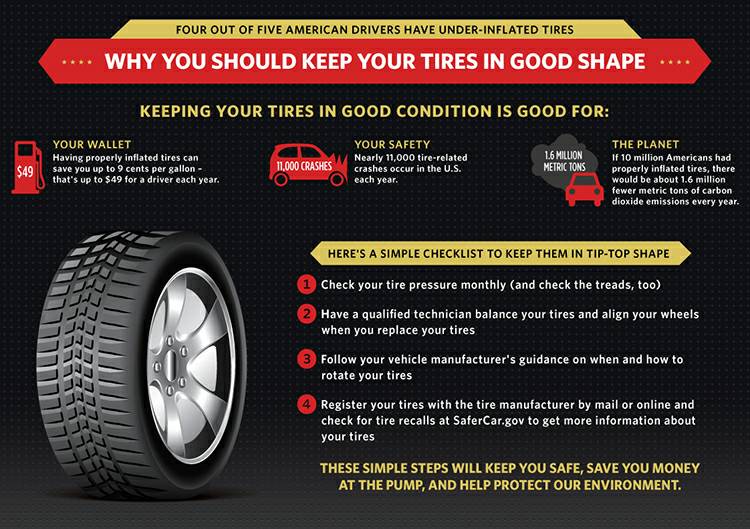 56 56 | 14.24 | ||||||||||||||
| Copper tire weight 80x6 | 4,28 | 17,12 | ||||||||||||||
| CHRID TIGHT TIGE THIN | 22.8 | |||||||||||||||
| Copper tire weight 80x10 | 7,13 | 28.52 | ||||||||||||||
| 900x6 | ||||||||||||||||
| 21.4 | ||||||||||||||||
| 7.13 | 28.52 | |||||||||||||||
| Copper tire weight 100x10 | 8.91 | 35.64 | ||||||||||||||
| Bronze bus 100x12 | 10.69 | 42.76 | ||||||||||||||
| 42.76 |
0010
You can buy electrical copper and aluminum busbars in our company from stock and on order:
 Petersburg at retail
Petersburg at retail Buying tires without taking into account the maximum load index, you run the risk of being left without wheels. The weight of a passenger car reaches 1.5 tons, and an SUV - up to 2.5 tons. It is also worth considering the mass of passengers and possible pits on the roads, exposing the tires to additional loads.
Tire Load Index is a numerical value indicating the maximum weight that a tire can support during its life. In the marking, this parameter is located on the outside of the tire in the form of a number, the adjacent letter indicates the speed index.
The load index works only within the permissible speed, therefore, if the speed limit is violated, the manufacturer does not provide warranty service for tires.
The numbers on a tire do not indicate the exact number of kilograms that one wheel can support.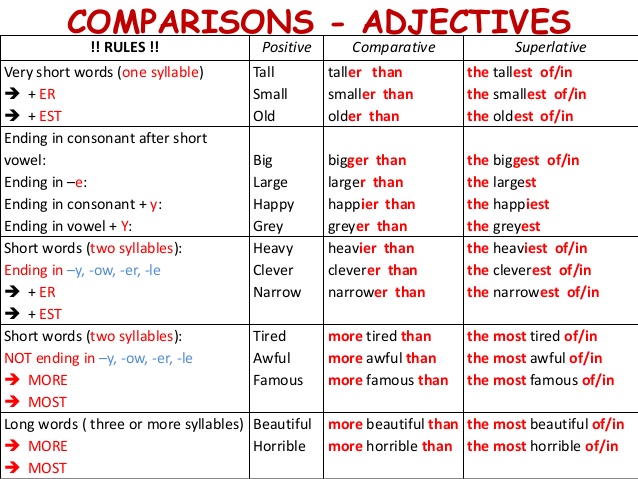 This is an index that is deciphered using the following table:
This is an index that is deciphered using the following table:
Tires have a load index ranging from 265 to 1700 kg. Each type of car has its own allowable values:
up to 265 kg - compact car (Smart, BMW 1 series)
up to 315 kg - middle class sedan and hatchback (Mercedes B-class, Mazda 6)
up to 387 kg - all-wheel drive sedans, wagon (Ford Focus, Audi A4 Allroad)
up to 545 kg - minivan, crossover (Citroen Tourer, Mercedes V-Class)
up to 775 kg - SUV, com. transport (Sprinter, Land Rover Discovery)
up to 1700 kg - freight transport (KAMAZ, GAZ, ZIL, URAL)
The indicated indices are nominal and allow an error of up to 10-15%. Exceeding the load threshold leads to hernias and delamination of the lamellae. Hitting the pits under increased load often leads to tire rupture.
Add the weight of a full fuel tank, first aid kit, tools, technical fluids and a spare wheel to the mass of the car.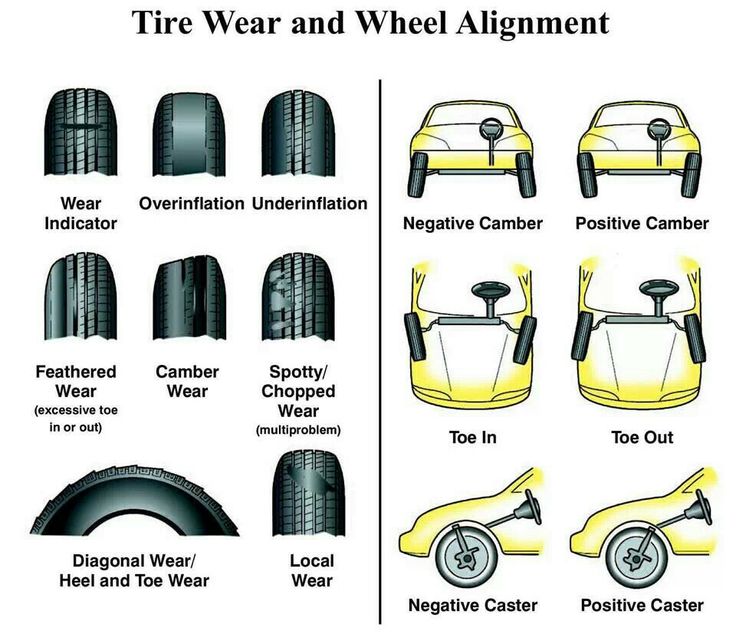
We add up the average weight of adult passengers according to the number of seats in the car (for a passenger car, this is +5 to the index).
We add the mass of possible loads, based on the size of the luggage compartment. For passenger cars - 100-200 kg, for SUVs - up to 500 kg.
Divide the resulting value by 4 and add a margin of 20-30% to account for future wear.
Do not purchase tires with a higher load rating for your vehicle. The higher the load capacity of the tires, the harder the rubber compound, and this leads to negative consequences:
Hard rubber is heavier, which means the engine needs more power to turn the wheel, which increases fuel consumption.
A heavy tire reduces ride comfort and ride comfort.
Increased wheel weight adds extra stress to the suspension and reduces the life of key parts.
A number of recommendations that will help you correctly select and use tires according to the load index:

